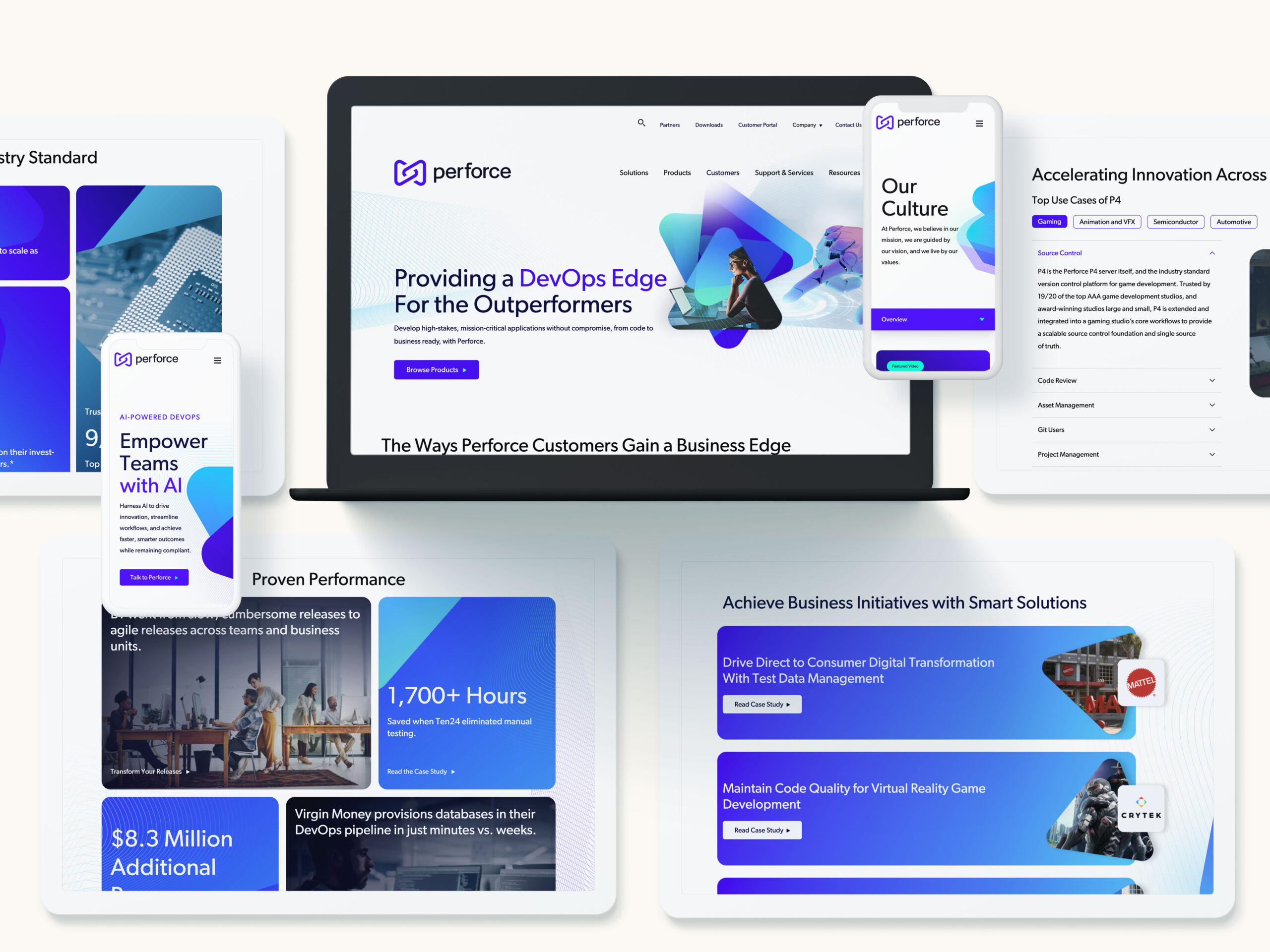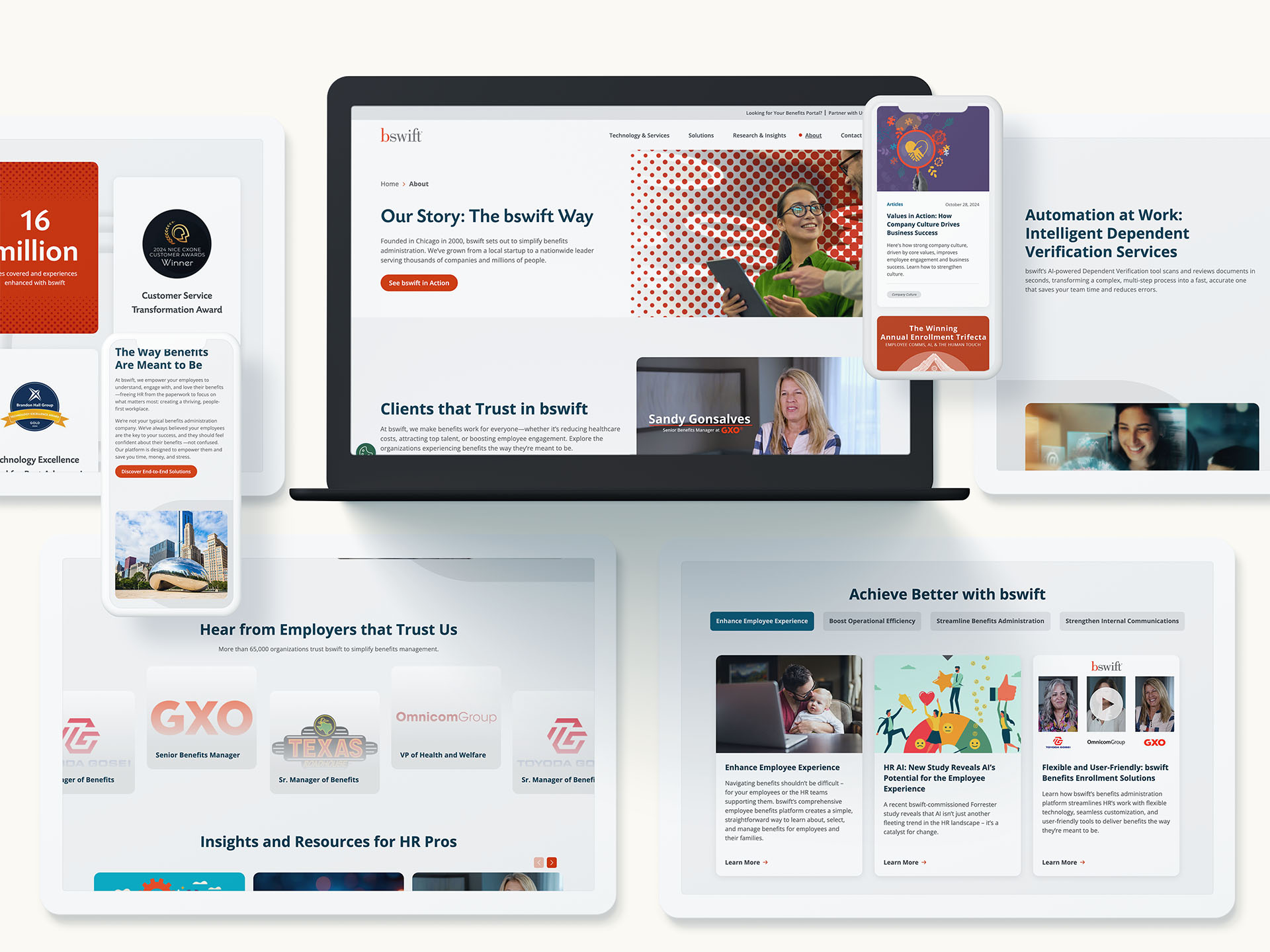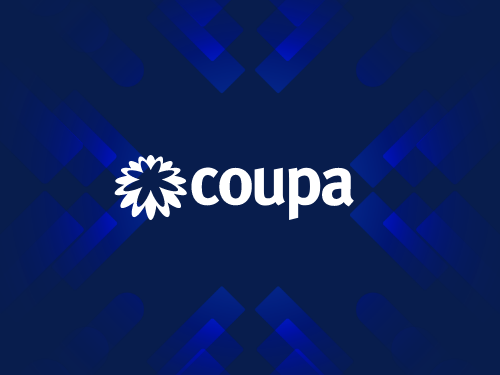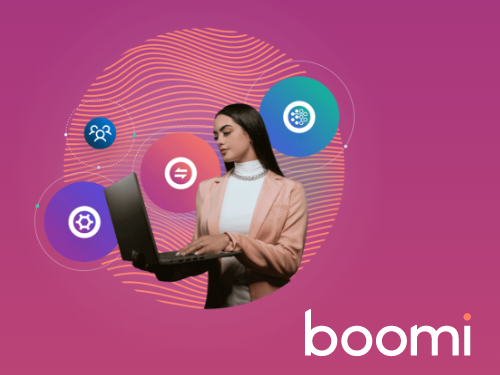The digital marketing world is preparing for a major shift: third-party cookies are on their way out. While the writing has been on the wall for some time—thanks to growing privacy concerns, regulatory pressure, and browser-level changes—the final countdown is now in motion. For B2B marketers, this change isn’t just a technical update; it’s a signal to rethink how we connect with audiences, measure success, and build meaningful digital campaigns in a privacy-first landscape.
So what does a cookieless future really mean for B2B marketing teams? And how should companies adapt?
Why the Cookie Is Crumbling
Third-party cookies have long been the backbone of many digital marketing strategies. They’ve enabled advertisers to track user behavior across sites, build robust audience profiles, serve retargeting ads, and measure multi-touch attribution.
But between data privacy regulations (like GDPR and CCPA), increased consumer scrutiny, and decisions by major players (Google, Apple, Mozilla) to block or phase out third-party cookies, marketers can no longer depend on these trackers to deliver precision targeting.
Unlike in B2C, where massive datasets and behavioral signals are more readily available, B2B marketers often work with smaller audiences, longer buying cycles, and more complex decision-making processes. The loss of third-party cookies only heightens the need for thoughtful, compliant, and relationship-based approaches.

What’s at Stake for B2B Marketing Teams
In a post-cookie environment, several key capabilities are at risk:
- Audience targeting precision – Building lookalike or intent-based audiences becomes more difficult without access to third-party behavioral signals.
- Retargeting – Following up with anonymous site visitors through programmatic channels is less reliable or even impossible.
- Attribution tracking – Multi-channel attribution models may break down without the ability to track users across sessions and domains.
- Lead nurturing automation – Third-party data often feeds into segmentation logic for account-based and intent-driven campaigns.
This shift forces B2B marketers to re-examine how data is collected, stored, and activated—and it puts renewed emphasis on first-party data, consent, and creative execution.
Privacy-First Alternatives Built for the Future
The end of third-party cookies doesn’t mean the end of personalization or targeting—it simply requires a smarter, more ethical approach to doing so. Here’s where B2B teams should focus their attention:
1. First-Party Data Strategy
First-party data—information your audience shares directly with you—is now your most valuable asset. This includes:
- Website interactions
- CRM and sales data
- Email engagement
- Event participation
- Content downloads or form fills
Building robust lead capture mechanisms, refining gated content strategy, and aligning marketing automation with sales insights are now critical to campaign success.
2. Contextual Targeting
In a world without cookies, where an ad appears can be just as important as who sees it. Contextual targeting uses the content of a webpage to inform ad placement—think serving cybersecurity messaging on a tech policy news site. While not new, this approach has become more precise with AI and NLP advancements and is making a strong comeback in B2B media buying.
3. Identity Resolution and Clean Rooms
Platforms like LiveRamp, The Trade Desk’s UID2.0, and Google’s PAIR are offering new ways to match audiences using encrypted first-party identifiers. Meanwhile, data clean rooms allow for privacy-safe collaboration between advertisers and publishers by enabling targeting without exposing raw user data.
These solutions require careful vetting and often demand more technical investment, but they provide viable paths to compliant targeting and measurement in B2B environments.
4. Platform-Based Targeting
As third-party cookies disappear, B2B marketers will increasingly lean on platforms that control their own ecosystems—think LinkedIn, Google, Meta, and industry-specific programmatic networks. These walled gardens have deep first-party data pools and increasingly sophisticated ad tools. However, marketers must balance effectiveness with cost and limited visibility into audience behavior outside those platforms.

What B2B Marketers Should Be Doing Now
With the sunset of cookies no longer hypothetical, proactive planning is essential. Here are the immediate steps B2B teams should take:
- Audit your current martech stack to understand where third-party cookies are being used (from ad targeting to analytics).
- Enhance your first-party data strategy by refining lead capture forms, improving CRM hygiene, and investing in customer data platforms (CDPs).
- Test contextual and native campaigns now to build experience with post-cookie tactics.
- Explore identity solutions with your media partners and vendors to determine what options make sense for your business.
- Revisit attribution models and prepare to rely more heavily on direct engagement metrics and source-based lead reporting.
The End of Cookies Is the Start of Better Marketing
The transition away from third-party cookies is less a threat and more an opportunity—an opportunity to build deeper relationships, center strategy around consent and value, and create more resilient marketing ecosystems.
For B2B marketers, this is the time to get ahead. Waiting until third-party cookies are fully deprecated means playing catch-up in a game already in motion. The brands that win in this next phase won’t be the ones that cling to old tactics—they’ll be the ones that adapt, test, and evolve.

Need Help Navigating the Post-Cookie Future?
Bluetext helps B2B brands build smarter, privacy-first targeting strategies—from first-party data activation to media planning and messaging. If you’re ready to rethink your digital campaigns for the cookieless future, let’s talk.



